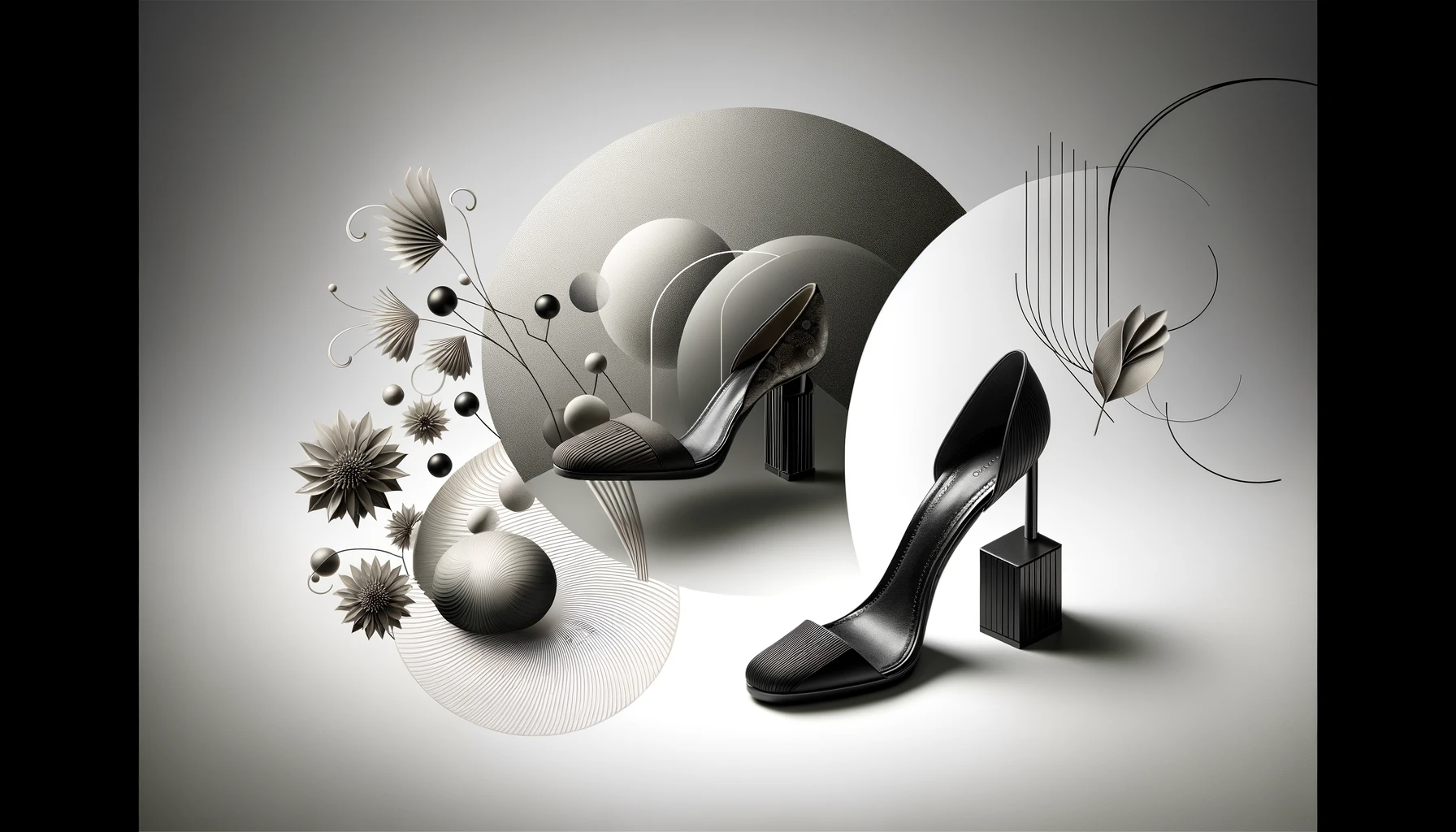The world of dance is experiencing a wave of transformation, powered by the innovative technologies of AI and Virtual Reality. Building on our previous discussions, let’s explore the next-generation dance experiences that are bound to captivate the general public.
Traditional dance has long been a source of physical expression and creativity for people. However, with the advent of AI, dance is evolving from a purely physical art form into a technological one. AI has the capacity to analyze extensive dance data and propose new movements and patterns that might not occur to human choreographers. This data-driven approach is accelerating the innovation in dance choreography.
On the other hand, Virtual Reality offers new ways to learn dance. Using tools like motion capture suits, VR headsets, and data gloves, virtual dance experiences can now be brought into homes or small spaces. This enables people to learn dance without the constraints of time or location. Particularly noteworthy is the convenience these technologies bring to home environments. They lower psychological barriers, making dance accessible even for beginners in the privacy of their homes.
Yet, the role of physical dance studios remains vital. They function as spaces for professional training and group lessons, as well as social interaction. The evolution of technology presents studios with opportunities to offer new forms of dance experiences. For instance, hybrid learning environments that combine virtual and physical spaces are conceivable. This would appeal to a more diverse customer base, offering new forms of dance education and experiences.
Moreover, the advancement of virtual dance is bringing flexibility to where and how dance can be learned. As technology becomes more accessible and affordable, it’s becoming realistic for the general public to enjoy sophisticated dance experiences at home. This opens up the world of dance to a broader audience.
This wave of technological innovation has the potential to fundamentally change the methods of learning dance and the forms of performance. Both virtual technology and physical studios will play significant roles in the evolution of dance culture. We might witness the birth of a new art form, a fusion of dance and technology. This is not just about introducing new technologies; it signifies an essential change in the nature of dance as a form of expression.
The future of dance in the age of AI and Virtual Reality is exciting and unpredictable. However, one thing is certain: these technologies will make dance more accessible, expressive, and dynamic. Dance enthusiasts and the general public alike eagerly await this new era of dance.



shylynn fungueirino